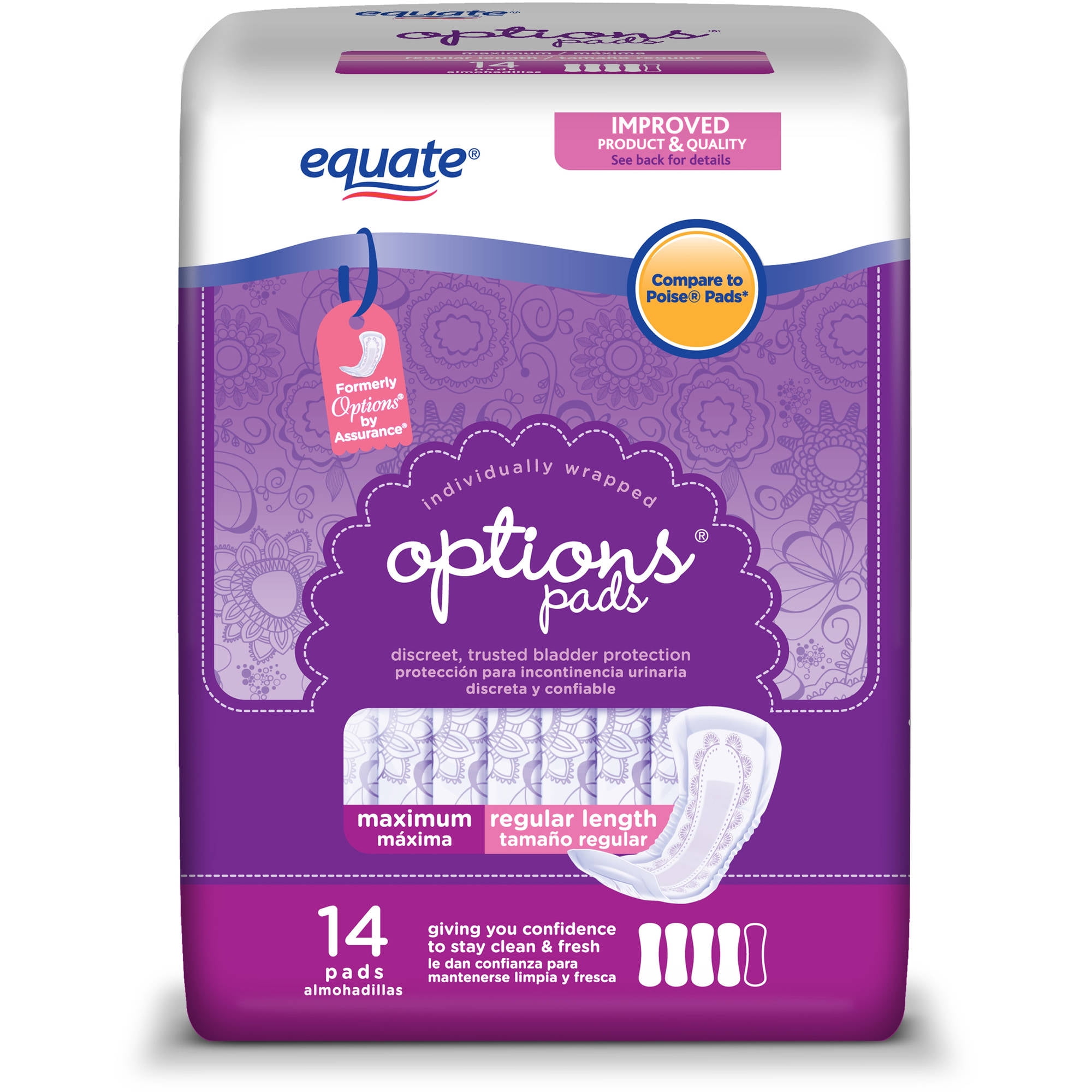
September 8, 2024
Anxiety Urinary Incontinence: Causes, Signs And Therapy
6 Means To Treat Bladder Leakage Hormone Replacement Treatment (HRT) is a type of treatment that involves the management of hormonal agents, particularly estrogen, progestin (a form of progesterone), or both. A female's body stops generating these hormonal agents after menopause, bring about problems such as urinary system incontinence. Reestablishing the hormones in different kinds, including tablets, spots, creams, and genital rings, can help turn around the results of these conditions. Urinary incontinence (UI) is also called "loss of bladder control" or "uncontrolled urinary leak." Countless ladies experience it, and the regularity of UI often tends to boost as you get older. Adult baby diapers are just one of the best options for ladies to manage this critical shift and remain active regardless of their estrogen deficiency. One of one of the most effective therapy methods is hormone replacement treatment (HRT). HRT supplements your body with the estrogen it no longer makes, assisting to restore hormonal equilibrium, boosting urinary tract wellness, and reducing urinary system incontinence signs and symptoms. Urge incontinence, or overactive bladder, happens when you feel an unexpected and extreme desire to pee, complied with by involuntary urine leak. Low estrogen degrees can aggravate your bladder muscular tissues, causing enhanced sensitivity and overactive bladder.Estrogen
In addition, the person relearns exactly how to control the bladder and enhance the involved muscles. Urinary bladder hypocontractility or bad lodging of urine throughout storage space may cause regular leakage of little volumes of pee. Disorder may be triggered by urinary system tract infection, chronic inflammatory conditions, neoplastic sores, outside compression, and chronic partial outlet blockage.Neurologic Reasons
It can also weaken your pelvic flooring muscle mass, making it tougher to keep in pee. Nonneurogenic urinary incontinence may be triggered by anatomic or practical conditions (e.g., ectopic ureters) affecting the storage space stage of micturition. Hormone-responsive urinary incontinence is also a common form of nonneurogenic urinary incontinence. In these clients (typically pet dogs), the detrusor reflex is regular; typical urination behavior, in addition to pee dribbling, occurs. It likewise aids keep your bladder and urethra healthy and operating properly. They might no more have the ability to manage your bladder as they did in the past. As your estrogen degrees remain to drop throughout and after menopause, your UI signs may become worse. Estrogens, usually in the form of diethylstilbestrol, are carried out to spayed https://us-east-1.linodeobjects.com/5ghb9bmaj7etny/Dietitian/bladder-control/you-feel-so-sexless-and-filthy-the-ladies-living-with-urinary-incontinence.html females.- They may prescribe Mirabegron (Myrbetriq), a special type of medication called a beta-3 adrenergic receptor agonist, to boost the amount of urine your bladder can hold.
- Medical diagnosis would certainly be based upon finding urinary system retention and straight evidence of the obstruction (e.g., urolith).
- Any type of activity-- flexing over, jumping, coughing or sneezing, for instance-- might press the bladder.
- The aging of the genitourinary system by high levels of flowing estrogen is readjusted.
How can bladder leakage be stopped?
and structure.Skin problems.Sex-related symptoms.Weight changes.Mood and rest issues.Digestive distress. Applying low-dose, topical estrogen might aid. The drug can be found in the form of a vaginal cream, ring or spot. The estrogen may aid restore the cells in the vagina and urinary tract to eliminate some symptoms. Topical estrogen might not be risk-free for people with a background of bust cancer cells, uterine cancer cells or both. Summary. Bladder dysfunction is a common challenge, specifically later on in life and during times of major hormone adjustment. Reduced estrogen bladder signs can include urinary incontinence, over active bladder, and discomfort.
Social Links